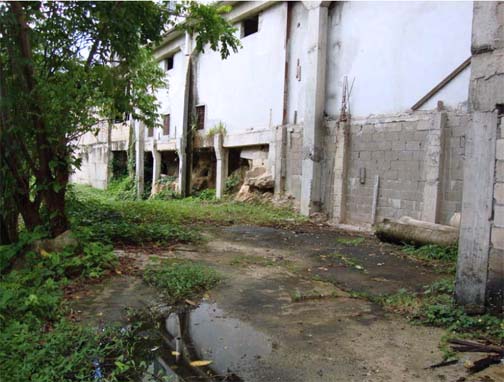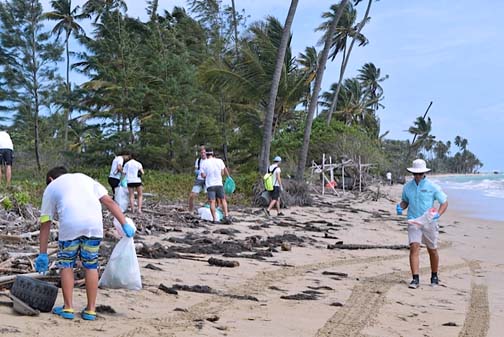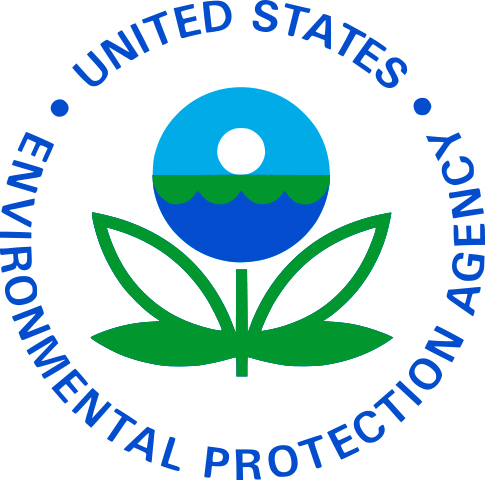EPA cleanup proposal for Superfund site in Utuado

The U.S. Environmental Protection is proposing a cleanup plan to address sources of chemical contamination at the Papelera Puertorriqueña Inc. Superfund site, a paper and plastic goods manufacturer in Utuado, the agency confirmed.
Industrial operations and discharges at the facility have contaminated the soil, groundwater and adjacent Vivi River with chemicals, including tetrachloroethylene and trichloroethylene, which can potentially harm people’s health.
EPA will seek to enter into negotiations with the potentially responsible parties for performance of future work at the site or to recover the agency’s costs. The EPA estimates the cost of this cleanup will be about $2.6 million, the agency said.
Residents in the area get their drinking water from a water source that is monitored regularly to ensure the water quality meets drinking water standards.
“The EPA is working with Papelera Puertorriqueña Inc. to enable the business to continue operating during the investigation and cleanup process,” said Walter Mugdan, acting EPA deputy regional administrator.
“The Superfund program works hand in hand with communities and businesses to resolve pollution problems and put sites back to productive use,” he said.
Papelera Puertorriqueña Inc, which is located on a steep embankment within 40 feet of the Vivi River, is currently in operation and has operated there since 1965.
Investigations and enforcement actions over several decades by the Puerto Rico government found that operations at the site have extensively polluted the surrounding groundwater, the EPA said.
The property shares space with a college of more than 500 students and other offices.
The EPA cleanup proposal calls for the installation of a system that removes harmful chemicals from soil by extracting them in vapor form using vacuum technology and also filtering the vapors through carbon filters to remove contaminants.
The goal of this system is to reduce the concentrations of chemicals in the soil to levels that no longer contaminate the groundwater. To reduce contamination in the groundwater, the proposal calls for use of air sparging technology.
Air sparging injects air directly into the contaminated groundwater. As the air bubbles rise, the chemical vapors are carried up through the soil and removed by an extraction system.
In some areas of the site, the EPA may apply non-hazardous additives to the groundwater to assist in the breakdown of contaminants. The specific types of additives to be used will be determined by the EPA as part of the design of the cleanup.
Throughout the cleanup, monitoring, testing and further studies will be conducted to ensure the effectiveness of the cleanup.
Groundwater at the site will be tested to verify that cleanup goals are met and its use at the site will be restricted, said the EPA, which will conduct a review within five years to ensure the effectiveness of the cleanup.
The EPA will hold a public meeting on July 20, 2017 to explain the cleanup proposal and other options considered and to take public comments.











